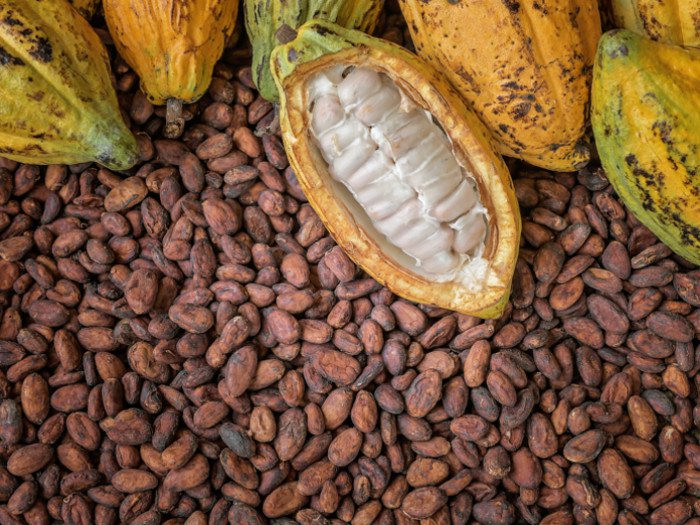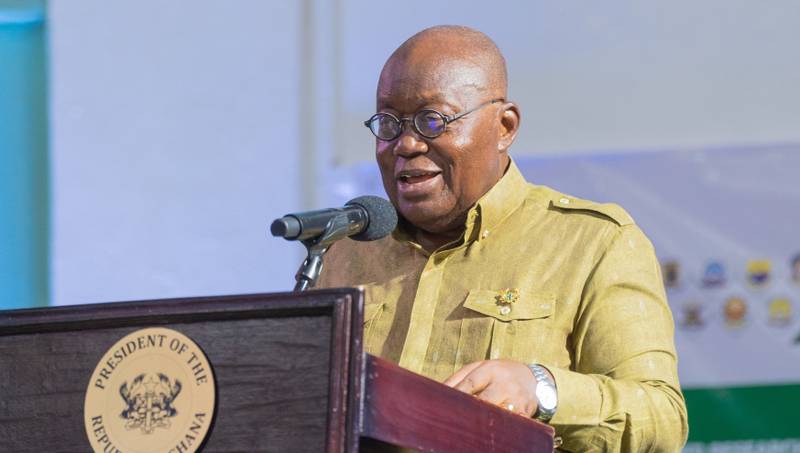Ecuador is on track to surpass Ghana as the world’s second-largest cocoa producer by the 2026/27 season, according to the country’s cocoa exporters' association.
Iván Ontaneda, chairman of Anecacao, said output is expected to exceed 650,000 metric tons, driven by sustained investment and favourable market conditions.
“Ecuador’s production has shown steady growth for years. Ghana’s production has been volatile,” Mr Ontaneda told Reuters.
The surge in Ecuador’s cocoa sector comes amid a broader shake-up in global cocoa markets. Prices soared to record highs of over $12,000 per tonne last year, following poor harvests and disease outbreaks in West Africa, particularly in Ivory Coast and Ghana, which together account for around half of the world’s supply.
Although prices have since eased by about a third, they remain at historically high levels. In Ecuador, farmers are currently paid around 90% of the global market price. By contrast, producers in Ghana and Ivory Coast typically receive between 60% and 70%.
Industry data also shows Ecuadorian farms are significantly more productive, yielding an average of 800kg of cocoa per hectare—well above the West African average of just under 500kg.
Mr Ontaneda forecasts Ecuador will produce more than 570,000 tonnes in the 2025/26 season and could reach 800,000 tonnes by 2030.
Meanwhile, Ghana’s output is projected to reach just 600,000 tonnes in 2025/26, as the country’s cocoa sector grapples with serious challenges. These include the spread of cocoa swollen shoot virus disease and the impact of illegal gold mining on farmland.
Ecuador’s advantage also lies in its farming methods. Unlike the monoculture systems common in West Africa, Ecuadorian cocoa is largely grown in agroforestry systems—alongside shade trees, plantain, coffee, and other fruit trees. Experts say these systems help boost biodiversity and reduce the spread of disease.
If current trends continue, Ecuador could solidify its position as the world’s second-largest cocoa producer, behind only Ivory Coast.














